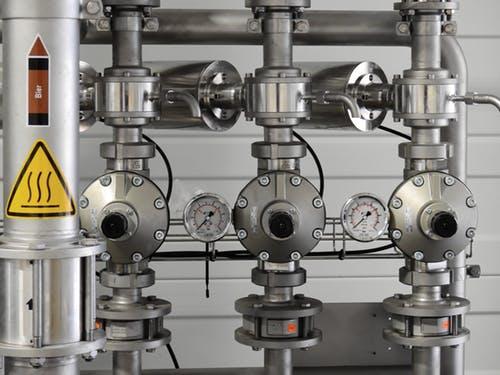2 Ways to Safely Thaw Frozen Pipes

2 Ways to Safely Thaw Frozen Pipes
At winter, your home is most susceptible to damage from frozen pipes. Very cold temperatures can cause water to freeze and expand inside your pipes, until they burst because they’re no longer able to withstand the pressure.
Usually, it’s the pipes that are located on the exterior portion of your home that are at most risk for freezing since they’re very exposed to the cold temperature. It could also be that you have exposed pipes in your attic or garage, and with lack of heating mechanisms in these parts of your house, the intense cold may freeze the pipes as well.
It’s quite easy to spot the signs of a frozen pipe, so you can have it checked or fixed immediately. Your clues are any one of the following: a strange odor coming from the faucet or drain, little to no water coming out of the pipes, or frost on the pipe.
And since frozen pipes result from icy-cold temperatures, you can more or less expect to see a frozen pipe once the temperature drop becomes more severe.
Aside from water wastage and possible flooding in your home, another major consequence of pipe bursts is the fact that you will need to replace the pipes. This can be very costly, but unless you have them fixed, they can cause more damage to your property.
Safe Thawing Techniques to Practice
Surely, you don’t want to spend on pipe repairs when you can do some safety precautions right there and then.
Once you detect a frozen pipe around your property, you should thaw it right away to prevent it from bursting. The thawing techniques you’ll use will depend on where the frozen pipe is located.
1. If it’s an exposed frozen pipe
Thaw the pipe with direct heat using a hair dryer, a portable heater, or an infrared lamp. If the pipe is too close to the wall, you can use a cookie sheet and place it behind the pipe to help spread heat at the back of the pipe.
The trick in heating the pipe is to start from the faucet and then moving toward the frozen area, so that the water flows out as the ice melts.
2. If the frozen pipe is located inside a wall or ceiling
Fixing a frozen pipe that’s hidden is quite tedious but still doable.
For one, you’ll need to locate the frozen pipe by checking which faucet isn’t working, meaning the pipe running along that area is the problem. As you try to search for the frozen pipe, you could leave all faucets slightly open to help in your thawing efforts. The same goes for the blocked faucets—leave them open to reduce pressure on the pipes.
Once you find the location of the frozen pipe, you could cut out a section of the wall or ceiling to begin the same thawing process for exposed pipes.
It’s better to use an infrared lamp instead of a regular heat lamp because it’s capable of directing more heat to warm the wall and thaw the pipe, without overheating the wall materials.
Alternatively, you could turn up your heater and wait for the ice to melt. If the frozen pipe is inside the wall of your bathroom or the base cabinet of your kitchen sink, you should keep the cabinet door open so the heat will reach the wall.
Preventing Frozen Pipes
Frozen pipes can pose serious problems to your house, so doing preventive measures like regular inspection and maintenance from your local plumber can go a long way. Professional and expert plumbing services can help ensure that you will never have to deal with the problem of frozen or ruptured pipes.
Post Your Ad Here
Comments